Review
December 2017
The Renault Mégane’s speed sign errors do not detract from its appeal, as Simon Harris discovers.
I’m a fan of technology, particularly the gadgetry that will carry us towards a future with fully autonomous driving, and, as the Renault Mégane reaches the end of its term with us, I’ve been reflecting on some of the safety features on our model.
It has the capability to steer itself into and out of a parking space at the roadside.
It is also able to warn the driver when the car is in danger of straying outside the lane markings.
It alerts when a car is approaching in the driver’s blindspot to stop you inadvertently steering into its path.
The joining up of these and other features will allow cars to travel safely without the driver having to pilot the vehicle.
But, if the Renault Mégane is an illustration of where we are now, it also shows how much ground we have yet to cover.
In the previous update, I wrote about how the car’s forward-facing camera needed to be calibrated after windscreen replacement.
But even before this happened, it wasn’t capable of reading speed limit signs.
My village has a 50mph limit, and the Mégane has mistakenly read one of the signs as 80mph. The display changes back to 50mph on passing the next sign.
It has also become confused by variable speed limit signs on overhead gantries on the M42, misreading a 60mph limit as 130.
Speed limit sign displays will become irrelevant when the car is following a route autonomously, but vehicles will still need to understand speed limits, and be better at reading them accurately.
Overall, the Mégane ticks many boxes that would recommend it as a good fleet car. We have had a few issues with fuel consumption falling short of the official combined figure – show me a car that doesn’t.
But it’s comfortable, stylish, safe, refined and well-equipped. It demonstrates that Renault is back to its best form with cars that can appeal to the head as much as the heart, and alongside the Captur, Kadjar and Koleos, shows strength and depth in the models that should appeal most to fleet customers.
November 2017
The Mégane sustained a stonechip last month which resulted in a crack slightly too large for repair.
Two lines expanding out from the chip totalled around 2cm – up to 1.5cm is suitable for repair.
A replacement windscreen was needed, but an additional complication with the Mégane Dynamique S Nav is the fitting of forward camera technology to assist the autonomous emergency braking system.
Unlike a straightforward windscreen replacement with a mobile fitter coming out when convenient, I needed to make an appointment for fitting at one of the glass replacement company’s ADAS calibration centres.
The nearest one to my home near Peterborough is in Norwich, and it was estimated to take almost two hours, so even selecting the earliest appointment at 8am, it meant a 150-mile round trip and half a day away from my desk.
After the glass was replaced, the camera needed calibrating to ensure the autonomous emergency braking would work correctly.
This is rather less convenient than having a van coming to your place of work and completing the job in less than an hour, and a few problems with the calibration meant the booked time slot of two hours was exceeded slightly.
While the technology is relatively new, it’s to be expected that calibration centres are fewer and farther between than desirable. But it’s likely more will appear.
Maybe the technology will improve to the extent that replacing a windscreen won’t require calibration, and a new windscreen would once again fall within the remit and ability of a man or woman in a van.
By Simon Harris
October 2017
Almost two years have passed since I first tried a fourth-generation Mégane, so being able to revisit it has been a useful experience.
I never got to drive the 1.5 dCi on the international media launch as only more powerful variants were offered at the time.
But there was no doubt that this engine would power the majority of models chosen by fleets.
I was talking with a friend about it recently, and we agreed that this 1.5-litre unit from Renault probably offers the best balance of performance, economy, refinement and drivability of any small diesel engine available.
It doesn’t need to be thrashed to maintain speed with the flow of traffic, it purrs away fairly quietly and unobtrusively and – according to the trip computer at least – is returning more than 66mpg since I refuelled.
I’ll need to measure it when I next refuel for a more accurate calculation, as trip computers are usually off by a few percentage points, but it certainly appears to be performing better than colleague Matt de Prez was able to achieve with the ‘eco’ mode deployed, and a little closer to the official combined fuel economy figure of 76.4mpg.
Although I suspect that is a little optimistic, and it will be interesting to see what manufacturers begin to publish for cars and engines of this size and type when the new WLTP fuel economy figures are adopted for new models.
The driving experience so far has been comfortable, with a ride far more supple than the Subaru Levorg I had been driving previously, but without any adverse effect on the Mégane’s roadholding.
The Achilles’ heel in how the Mégane feels on the road is its artificial-feeling steering, which is something Renault hasn’t quite got right on this car for several generations, in my opinion.
Obviously, the company’s chassis engineers prefer the Mégane to offer a highly assisted feel.
By Simon Harris
September 2017
Infotainment systems are becoming increasingly important as part of the overall package with a new car and our Renault Megane fares pretty well with its R-Link 2 system.
Adorning the dash in a Tesla-esque manner, the 8.7-inch portrait touchscreen is a tad unconventional in the sector but offers an array of useful features.
The TomTom-based navigation system is particularly useful. It is very easy to use, has great 3D mapping and even warns the driver of impending speed cameras.
A tile arrangement of the display allows the user to choose if they want audio information, vehicle settings and sat-nav all in one screen, or one particular window open in full-size.
This works great for the navigation map if you are in an unfamiliar area, but is less welcomed when you are listening to Britney Spears’ Greatest Hits in a traffic jam and all the passing van drivers can see the digital album cover in all its glory.
Like many new cars the Renault has a data connection – like a smartphone – giving extra functionality. As far I can fathom it only provides data for the Live traffic updates.
While up-to-the-minute traffic data is welcomed, the Megane is sometimes troubled by the incoming data and often offers completely ludicrous alternative routes.
Seriously, it warned me of a five minute hold up on the A14 last week and offered a 90-minute diversion.
If only the system included Android Auto, then I could hook up my phone and use Google Maps instead.
August 2017
It’s hard to believe the Megane has only been with us since May – perhaps it’s the 9,000 miles I’ve already covered, or the fact I ran its big brother, the Kadjar, for some time before it.
Either way it was all getting too familiar and it was about time some other members of the Fleet News team put the car through its paces.
Features editor Andrew Ryan jumped at the chance to try out the stylish hatch, followed by editor-in-chief Stephen Briers.
Both my colleagues returned similar verdicts: the tech is good but the driving experience is lacking.
It’s a fair comment.
As I travel many miles on the motorway – often stuck in jams – the Renault’s super-light clutch and steering are welcome attributes.
However if you cover shorter, more rural, trips, the lack of weight in the controls makes the car feel like it lacks solidity.
The steering is the biggest disappointment. It’s electrically assisted and offers three levels of adjustment; Comfort, Neutral or Sport.
While Sport mode adds weight, the response is still very dull. It’s made worse by the soft suspension which allows a little bit too much roll.
The brakes aren’t particularly sharp either and if you have to jump on them quickly the car has a tendency to dive and lighten up at the rear.
Part of the problem is the car’s striking looks. It’s wide stance, bright paint and sharp lines give the appearance of a much more capable car.
Inside the flat-bottomed chunky steering wheel and aluminium trim accents further enhance expectations.
The Honda Civic that we also currently have on test does the driver engagement piece much better; it’s a real pleasure to spend time behind the wheel – especially on country lanes – with little compromise.
Similarly, the Seat Leon is rewarding to drive but it feels less upmarket than the Renault and doesn’t do the comfort bit quite so well.
Of the three I’d still choose the Megane, but throw the Ford Focus, Mazda 3 and Peugeot 308 into the mix and the decision could become that much harder.
July 2017
A mid-morning trip to Heathrow gave the perfect opportunity to see just how much mpg the Megane could return.
I engaged ‘eco’ mode which floods the cabin with green ambient lighting and replaces the digital rev counter with an eco-guide which encourages you to drive within a set rev limit.
Throttle response is weakened to discourage hard acceleration and the climate control reverts to a more efficient setting.
I shifted in sync with the gear change indicator and coasted as much as possible without holding up traffic by travelling under the limit.
The result was 63.2mpg – a reasonable increase from the 52mpg I’ve been getting. But I was disappointed that, despite all my efforts, I still failed to get anywhere near the official figure of 76.4mpg.
June 2017
Refinement is one of the least appreciated aspects of modern car development. Huge efforts have been made to keep us calmer, safer and more comfortable as we drive along.
The Megane is a great example of these developments. It rides as smoothly as the premium saloons produced just a few years ago, while there is very little road noise and, thus far, no rattles.
For the paultry sum of £21,000 I can waft along in the Megane while the adaptive cruise control maintains the throttle and braking required to flow with motorway traffic, the navigation tells me when to turn and what jams lie ahead and the climate control ensures I maintain an optimal 21.5 degrees at all times.
Ten years ago this type of luxury would be reserved only for those in the most premium of vehicles. Even then, it’s likely they would have come as costly options.
The seats are wide and offer adjustments to suit any shape or size of driver. Unlike its German rivals, the French Megane offers more than adequate cushioning for the rump. Even after a lengthy stint to Leeds I was still feeling supple.
However, comfort often comes at the expense of dynamics. The Megane isn’t a particularity bad car to steer but enthusiastic drivers will be left feeling a little bit disappointed compared with a Ford Focus or Seat Leon.
There are five driving modes: Comfort, Sport, Eco, Natural and Personal. This is far too many for a car that hasn’t got adaptive dampers or a reasonable power output.
The most noticeable difference between them is the colour of the ambient lighting. According to the handbook the throttle response and steering is also altered.
I’ve covered almost all of my 5,000 miles in Comfort mode as I prefer the blue hue to the others.
May 2017
Renault launched the first-generation Megane some 22 years ago when the C sector was flourishing. Today more and more drivers are opting for larger SUV vehicles forcing the segment, which includes big players like the Ford Focus and Vauxhall Astra, to up their game.
The Megane is no different. Our new long-termer has classy styling and a host of technology that would only have appeared on the most prestige models back when the original was launched.
Ours is a mid-spec Dynamique S Nav, costing £22,715. It comes well equipped with 17-inch alloy wheels, climate control, keyless entry and start and a digital instrument cluster.
We opted for the £500 Parking Premium Pack which includes hands-free parking, 360-degree parking sensors and blind spot warning. We also added the £400 Safety Pack Premium which has adaptive cruise control and autonomous emergency braking.
Under the bonnet is a 1.5-litre DCi diesel engine, which develops 110PS and 260Nm of torque. It’s the most efficient unit in the range with CO2 emissions of 96g/km and combined fuel consumption of 76.4mpg.
First impressions are very positive. The last Megane was pretty forgettable on looks but this new car has sharp lines which are enhanced by large LED light signatures at the front and rear.
The interior’s quality is a marked improvement over the rest of the Renault range. There is a good blend of soft-touch plastics and aluminium trim. The interior also gets an LED light signature, illuminating the centre console and door panels.
Taking centre stage on the dash is the R-Link 2 infotainment system which uses an 8.7-inch touchscreen display. The system, which appears to draw inspiration from that in the Tesla Model S or Volvo XC90, controls the radio, navigation, Bluetooth and vehicle settings.
I’ve already put the Megane through its paces, clocking up 3,000 miles. It’s yet to put a foot wrong and impresses me more and more with each drive.
Economy-wise it’s returning an average 52mpg (24mpg below the official fuel economy figure).
Matt has been an automotive journalist for nine years and has driven just about every new car and van that's on sale. As content editor - vehicles he is responsible for the automotive content on Fleet News and also contributes to Automotive Management. Prior to this, Matt worked in the automotive industry for 10 years.


Specs
| Manufacturer | Renault |
| Model | Megane |
| Specification | Megane Hatch 5Dr 1.5dCi 110 DPF SS €6 Dynamique S Nav 6Spd 16MY |
| Model Year | 0.00 |
| Annual VED (Road tax) | £0 |
| BIK List Price | £21,515 |
| CO2 | 96g/km |
| BIK Percentage | 24% |
| Insurance Group | N/A |
| CC | N/A |
| Fuel Type | Diesel |
| Vehicle Type | Small family car |
| Luggage capacity (Seats up) | 5litres |
Running Costs
| P11D | £21,515 |
| Insurance group | N/A |
| Fuel Type | Diesel |
| Cost per mile | 67.48ppm |
| Fuel | 6.66ppm |
| Depreciation | 58.58ppm |
| Service maintenance and repair | 2.24ppm |
Rivals
Info at a glance
-
P11D Price
£21,515
-
MPG
76.4 -
CO2 Emissions
96g/km -
BIK %
24% -
Running cost
3 Year 60k : N/A 4 Year 80k : N/A -
Fuel Type
Diesel


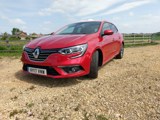
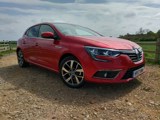
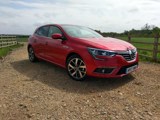

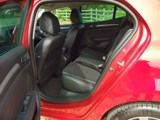
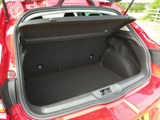
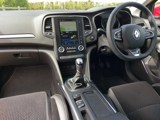
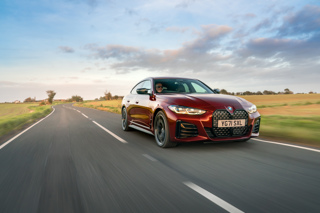
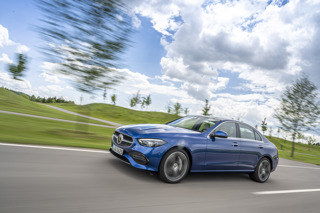
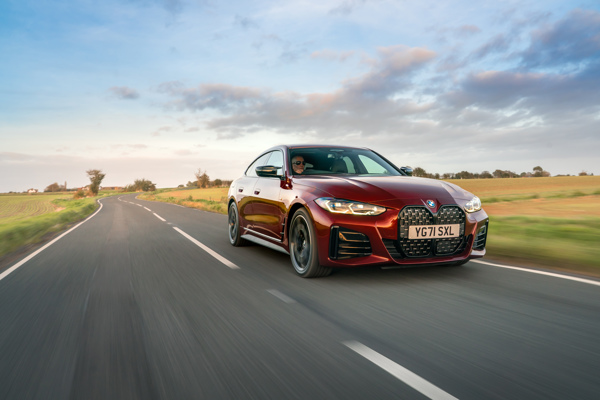
 Diesel
Diesel
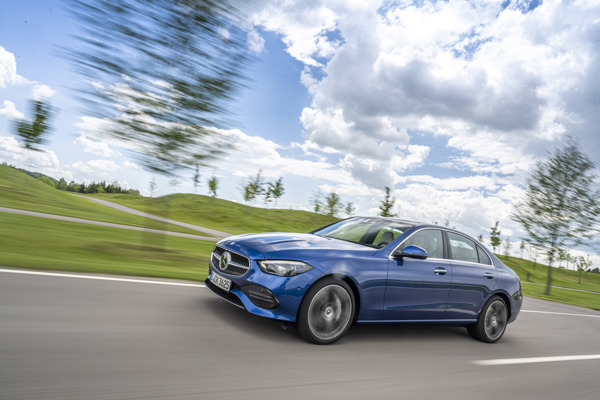





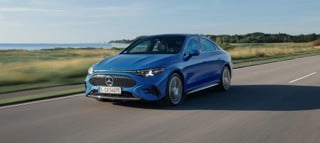
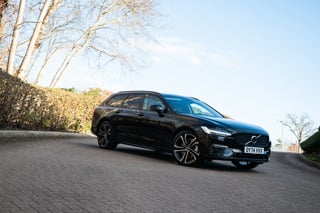
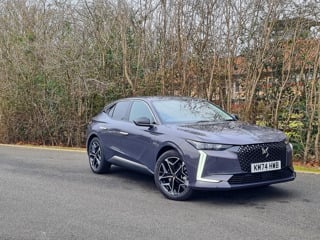













Login to comment
Comments
No comments have been made yet.